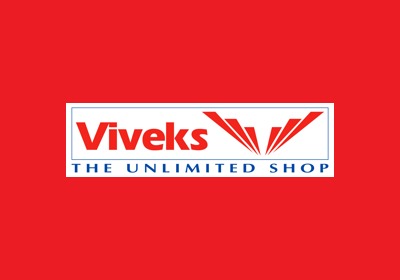Unforgotten Brands: KFC

KFC and Colonel Sanders’ story is persistence, reinvention, and real tastes. The Colonel left a legacy, not simply a recipe. The world still craves more.
How a gas station cook became a global icon in fried chicken
Humble Beginnings in Indiana
Harland David Sanders was born in 1890 on a modest farm near Henryville, Indiana. Life wasn’t easy. At just five years old, he lost his father. His mother, now the sole breadwinner, took up work at a canning plant. Young Harland had to step in as a caregiver for his two younger siblings. By age seven, he learnt to cook—out of necessity, not choice.
At 13, he left home and took on various odd jobs: railroad worker, lawyer, insurance salesman, and even firefighter. Most ventures didn’t stick, but each taught him something. He was learning grit, and that would eventually pay off.
A Chicken Empire is Born — In a Gas Station
In 1930, at age 40, Sanders ran a Shell gas station in Corbin, Kentucky. To make ends meet, he began cooking meals for travellers at his dining table. What was his signature dish? Fried chicken, based on recipes he’d learnt as a boy.
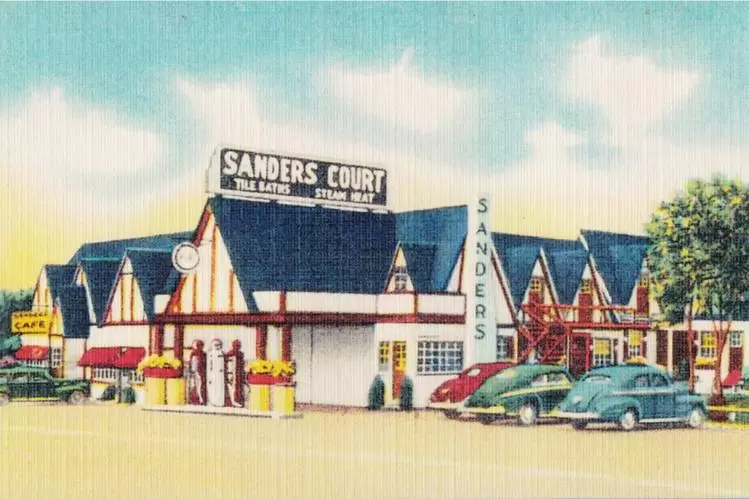
Business was brisk. In 1936, the state recognised his success and named him an honorary “Kentucky Colonel”. By 1937, his roadside eatery had grown into Sanders Court & Café with 142 seats and a motel across the street.
The Innovation That Changed Everything
Sanders wasn’t satisfied. Frying chicken in a cast iron pan took 35 minutes—far too long for hungry travellers. But deep frying, he felt, ruined the quality. So when commercial pressure cookers hit the market in 1939, he bought one, modified it, and created a pressure fryer for chicken.
This technique revolutionised his kitchen. The chicken cooked faster and stayed juicy, just how he liked it. That same year, he finalised his now-legendary Original Recipe: a blend of 11 herbs and spices. While the complete formula remains secret, Sanders joked that the ingredients “stand on everybody’s shelf”.
Becoming “The Colonel”
In 1950, Sanders embraced the image of a true Southern gentleman. He wore a white suit, grew a goatee, and began calling himself “Colonel Sanders”. It started lightheartedly but soon became his permanent persona. It wasn’t just a gimmick—it became the face of the brand.
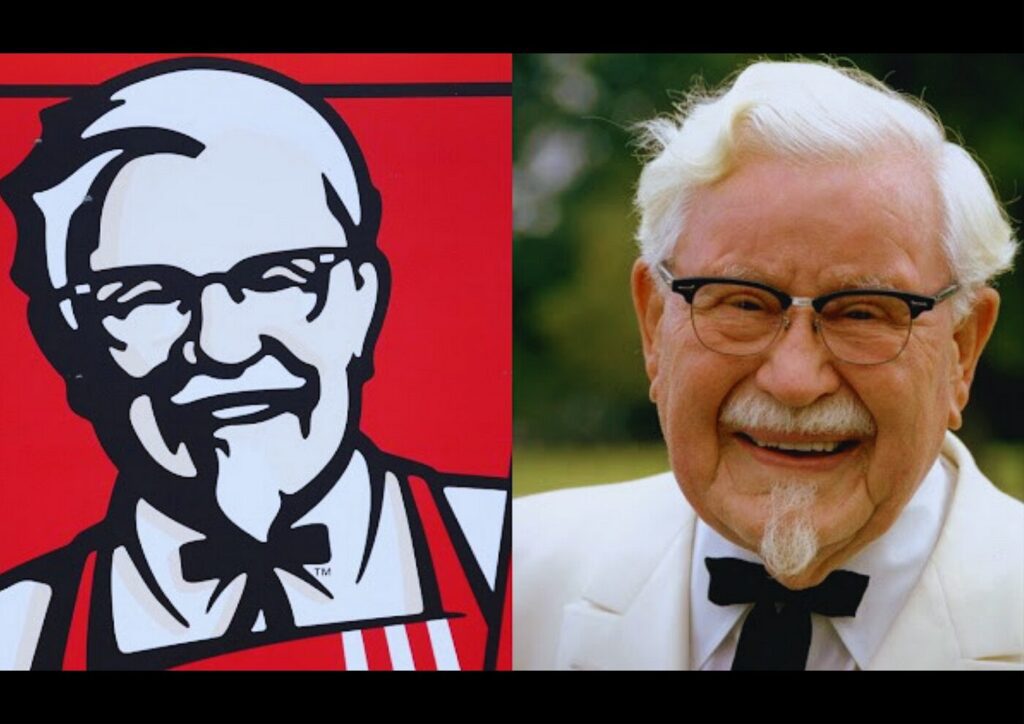
The Franchise Boom
In 1952, Sanders licensed his recipe to his friend Pete Harman, who owned one of South Salt Lake’s most prominent restaurants. In 1955, Interstate 75 bypassed Sanders Court & Café, which served travellers. Sanders sold the chickens and travelled to the US to sell his recipe to restaurant owners. Independent restaurants paid four (later five) cents per chicken for Sanders’ recipe, the ability to use his name and image for advertising, and the right to showcase it on their menus.
By 1963, there were 600 KFC restaurants. Sanders’ chicken had become a national favourite and a fast-food competitor to the mighty hamburger.
Actual Naming
Harman’s sign painter, Don Anderson, invented “Kentucky Fried Chicken”. Harman added KFC to distinguish his restaurant from rivals; a unique Kentucky product invoked Southern hospitality. After being trademarked, “It’s finger-lickin ‘good” became Harman’s tagline. He invented the “bucket meal” in 1957 (14 chicken pieces, five bread rolls, and a pint of gravy in a cardboard bucket). Serving their staple dish in a paper bucket became a business emblem.
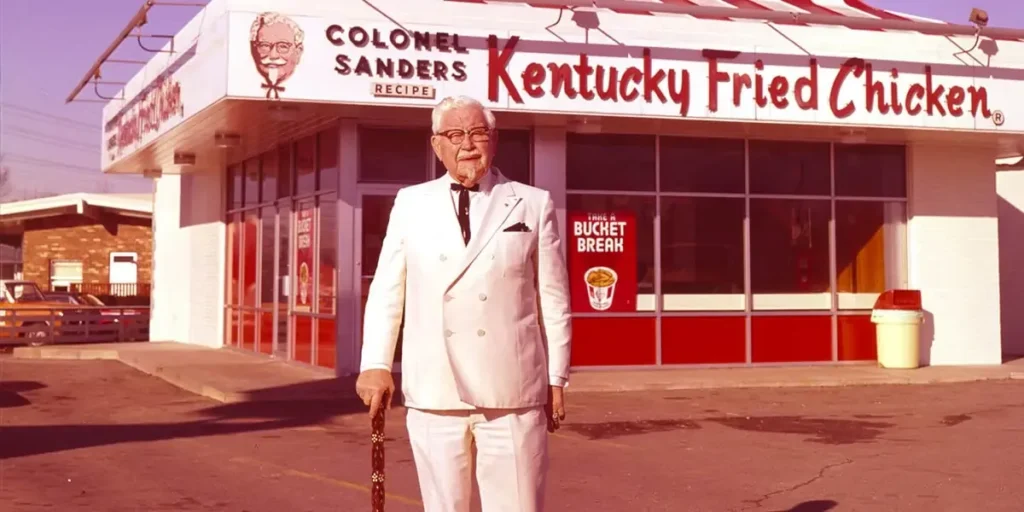
The Brand Crosses Oceans
KFC went international in 1965, with its first location in the UK. In Ireland, restaurateur Pat Grace opened several outlets under KFC’s banner. Later, after a fallout with management, he renamed them Grace’s Famous Fried Chicken.
A Billion-Dollar Business
In 1964, Sanders sold KFC to investors for $2 million. The deal included a lifetime salary and the agreement that Sanders would remain the brand ambassador and “quality controller”. He maintained the integrity of his recipe even as he handed over control.
By 1970, KFC had 3,000 locations in 48 countries. In 1971, Heublein Inc. acquired the brand for $285 million. Sanders remained involved but voiced criticism in the ’70s about declining food quality under corporate management. He once called their gravy “horrible”—like “wallpaper paste”.
PepsiCo Buys the Colonel’s Legacy
In 1986, PepsiCo bought KFC for $840 million. They placed it under the same division as Pizza Hut and Taco Bell, fuelling massive expansion. KFC entered China in 1987, launching its global presence with a bang.
In 1991, the brand officially shortened its name to KFC to avoid using the word “fried,” which was becoming unpopular with health-conscious consumers.
By 1997, PepsiCo spun off its food chains into a new public company, Tricon Global Restaurants, which became Yum! Brands in 2002.
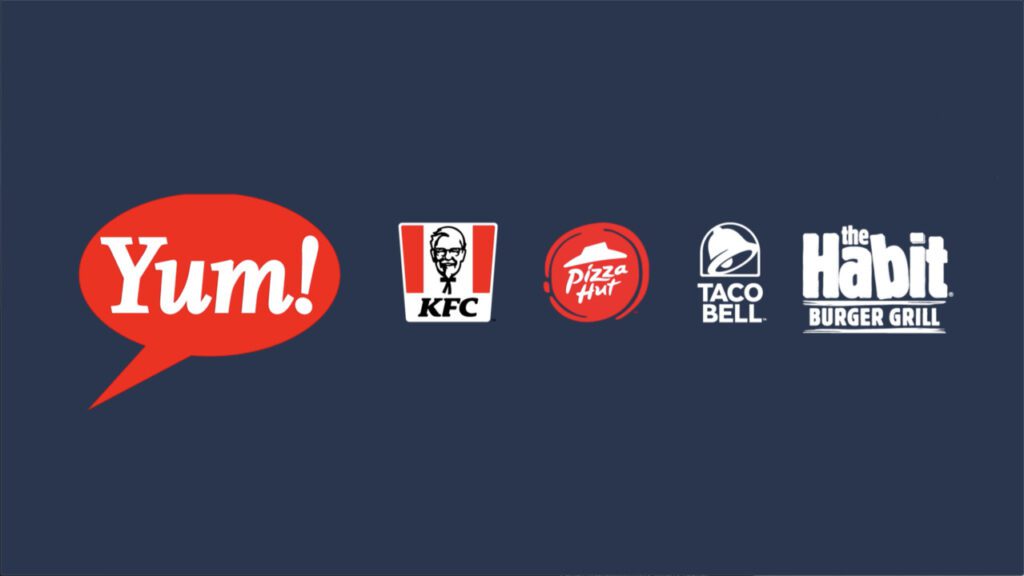
Colonel Sanders: More Than a Logo
Even after he died in 1980, Sanders remained the soul of KFC. His white suit, black string tie, and signature smile became an ad fixture. His likeness continues to grace every KFC outlet—symbolising quality, tradition, and good ol’ Southern hospitality.
Advertising and Culture
From catchy slogans like “We fix Sunday dinner seven nights a week” to iconic jingles like “Get a bucket of chicken, have a barrel of fun,” KFC leaned into the mass media early. They hired Leo Burnett in 1969 and spent millions on national campaigns.
Is there a particular moment that stands out? In 1997, former Soviet leader Mikhail Gorbachev starred in a Pizza Hut commercial in Russia. The commercial was bizarre, bold, and unforgettable—perfect for a brand like KFC.
A Recipe Worth Billions
In 2016, a Chicago Tribune journalist tested a handwritten recipe in Sanders’ nephew’s scrapbook. The chicken tasted almost the same as KFC’s, with a hint of MSG. The magic mixture of herbs and spices may remain “secret,” but its appeal is universal.
A Legacy That Keeps Cooking
From a gas station kitchen in Kentucky to over 25,000 restaurants worldwide, Colonel Sanders’ journey is one of resilience, reinvention, and authentic flavours. The Colonel didn’t just create a recipe—he made a legacy. And the world is still hungry for more.
Reference
https://en.wikipedia.org/wiki/KFC
https://en.wikipedia.org/wiki/History_of_KFC



